Disclosure: This article contains affiliate links. We may earn a commission from purchases at no extra cost to you, which helps our travel content.
When most travelers think of the Dominican Republic, their minds immediately drift to pristine beaches, all-inclusive resorts, and fruity cocktails by infinity pools. But after spending years cultivating both crops and a deeper appreciation for cultural authenticity, I've learned that the real heart of a destination often beats strongest in its urban centers. Santo Domingo—the oldest European-established city in the Americas—pulses with a vibrant energy that captivated our family from the moment we stepped off the plane. Trading my usual muddy farm boots for comfortable walking shoes, I spent a week with my sister and her kids exploring the capital's Colonial Zone, where 500-year-old cobblestone streets whisper stories of conquistadors, pirates, and revolution. What we discovered was a family-friendly urban adventure that cost a fraction of those beach resorts while delivering an experience rich in both history and flavor.
First Steps in the Colonial Zone
The moment we entered Santo Domingo's Zona Colonial, my farmer's instinct to map terrain kicked in. This UNESCO World Heritage site spans roughly 12 square blocks of pedestrian-friendly streets—perfect for exploring with my sister's energetic children (ages 8 and 10). While many travelers zip through this district on half-day tours from coastal resorts, we chose to base ourselves here, renting a modest apartment with shuttered windows and a small courtyard where bougainvillea climbed weathered walls.
Our first morning, we rose with the roosters (some habits never die, even on vacation) and wandered the nearly empty streets. Early morning light cast a golden glow on limestone buildings, many dating back to the 1500s. The kids were immediately drawn to the Columbus Alcazar (Alcázar de Colón), built for Christopher Columbus's son Diego. While I have complicated feelings about colonial history, the building itself tells fascinating stories through its architecture.
Navigating the cobblestone streets with children requires proper footwear. My niece and nephew quickly abandoned their flip-flops for their walking shoes, which provided much-needed support and grip on the uneven surfaces. Meanwhile, I relied on my trusty travel sandals that have carried me through rice paddies in Thailand and highland farms in Peru with equal comfort.

💡 Pro Tips
- Visit the Colonial Zone early morning (before 9am) or late afternoon (after 4pm) to avoid both cruise ship crowds and the midday heat
- Most museums are closed on Mondays, so plan accordingly
- Many historic sites offer discounted family tickets if you ask specifically
Market Adventures & Food Discoveries
Coming from a farming background, I'm magnetically drawn to local markets wherever I travel. Santo Domingo's Mercado Modelo became our favorite morning ritual—a sensory explosion that delighted both adults and children in our group. Unlike the sterile supermarkets of North America or the meticulously arranged produce stands I've cultivated in Japan, this market thrums with organized chaos.
We'd arrive around 9am, when vendors were fully set up but before the midday crush. My niece and nephew quickly overcame initial shyness, practicing their beginner Spanish with fruit sellers who rewarded their efforts with samples of mamey, soursop, and my personal favorite—sapote, which tastes like chocolate pudding straight from nature's package.
Beyond produce, the market offers an education in Dominican foodways. We watched women methodically pounding plantains in wooden pilones to make mangú (mashed plantains), a staple as fundamental to Dominican cuisine as rice is to Japanese cooking. The kids were fascinated by the various stages of cacao processing, from raw pod to drinking chocolate.
For families concerned about street food safety, I recommend a balanced approach. We carried a water filter bottle to avoid single-use plastics while ensuring clean drinking water. When selecting food stalls, we followed my farmer's market rule: look for the busiest vendors with high turnover, particularly those where locals eat with their families.
One morning, we joined a small cooking class where we learned to make proper tostones (twice-fried plantains) and sancocho, a hearty meat and vegetable stew that reminded me of the communal harvest meals we prepare on our farm in Japan. The kids delighted in pounding the fried plantain rounds with wooden presses, creating the perfect vehicles for scooping up tangy beans.

💡 Pro Tips
- Bring small bills and coins for market purchases
- Learn basic food vocabulary in Spanish - vendors appreciate the effort and often give better prices
- Ask before photographing vendors or their goods
Child-Friendly History Lessons
History can quickly become boring for children if presented as a series of dates and names. Instead, we approached Santo Domingo's rich past as a treasure hunt through time. The Fortaleza Ozama, the oldest formal military construction in the Americas, became our medieval castle playground (with appropriate respect for the historical site, of course).
To prepare for our explorations, I downloaded a audio guide that offered kid-friendly historical narratives. Rather than overwhelming them with information, we focused on sensory experiences: the cool touch of centuries-old stone walls, the echoing acoustics in the Cathedral Primada de América, the smell of salt air mixed with history at the Columbus Lighthouse.
The Three Eyes National Park (Los Tres Ojos) just outside the Colonial Zone proved to be the perfect blend of natural wonder and historical context. These limestone caves with crystal-clear lagoons were used by the indigenous Taíno people long before European arrival. My nephew, initially reluctant about another "boring old building," was completely captivated by the underground boat ride across the emerald waters.
At the Museo Infantil Trampolín (Children's Museum), interactive exhibits allowed the kids to connect Dominican history with science and culture through play. While not as technologically advanced as children's museums in larger countries, its charm lies in its authenticity and the enthusiasm of local guides eager to engage with young visitors.
One afternoon, we participated in a chocolate-making workshop at a small museum dedicated to cacao history. The kids learned how this crop, sacred to indigenous peoples, became a global commodity. As someone who grows food for a living, I appreciated how the workshop connected agricultural practices to cultural heritage—something I strive to do on our farm tours in Japan.

💡 Pro Tips
- Create a historical scavenger hunt list for kids with items to spot in the Colonial Zone
- Visit museums during weekday mornings when school groups are less common
- The Museo de las Casas Reales offers excellent English-language materials for children
Budget-Friendly Family Accommodations
Traveling with family doesn't have to break the bank, especially in Santo Domingo where colonial charm comes at a fraction of resort prices. We opted for a two-bedroom apartment through a vacation rental platform, paying roughly $65 per night—about one-third the cost of standard hotel rooms in the tourist zone.
Our modest accommodation in a restored colonial building featured the essentials: air conditioning in bedrooms (non-negotiable for Santo Domingo's humidity), a small kitchen for preparing simple breakfasts and snacks, and—the children's favorite feature—a tiny rooftop patio where we could watch sunset paint the colonial skyline while sipping fresh passion fruit juice.
The true luxury was location. Positioned just two blocks from Calle El Conde, the pedestrian-only shopping street, we could easily retreat for afternoon siestas when the heat and walking became too much for little legs. This rhythm of morning exploration, midday rest, and evening adventures helped us avoid the meltdowns that often accompany family travel.
For families considering similar accommodations, I recommend prioritizing properties with these features:
- Walking distance to Plaza España or Parque Colón (the main squares)
- Air conditioning in sleeping areas
- A small refrigerator for keeping drinks and snacks cold
- Ground floor location or building with elevator (colonial buildings rarely have lifts, and those charming staircases become less charming when carrying sleeping children)
One unexpected benefit of apartment living: connecting with neighbors. Our building's caretaker, Doña Clara, took a shine to the children and often brought over small treats—fresh mangoes from her sister's tree or still-warm cassava bread. These interactions provided glimpses into everyday Dominican life that no resort could offer.
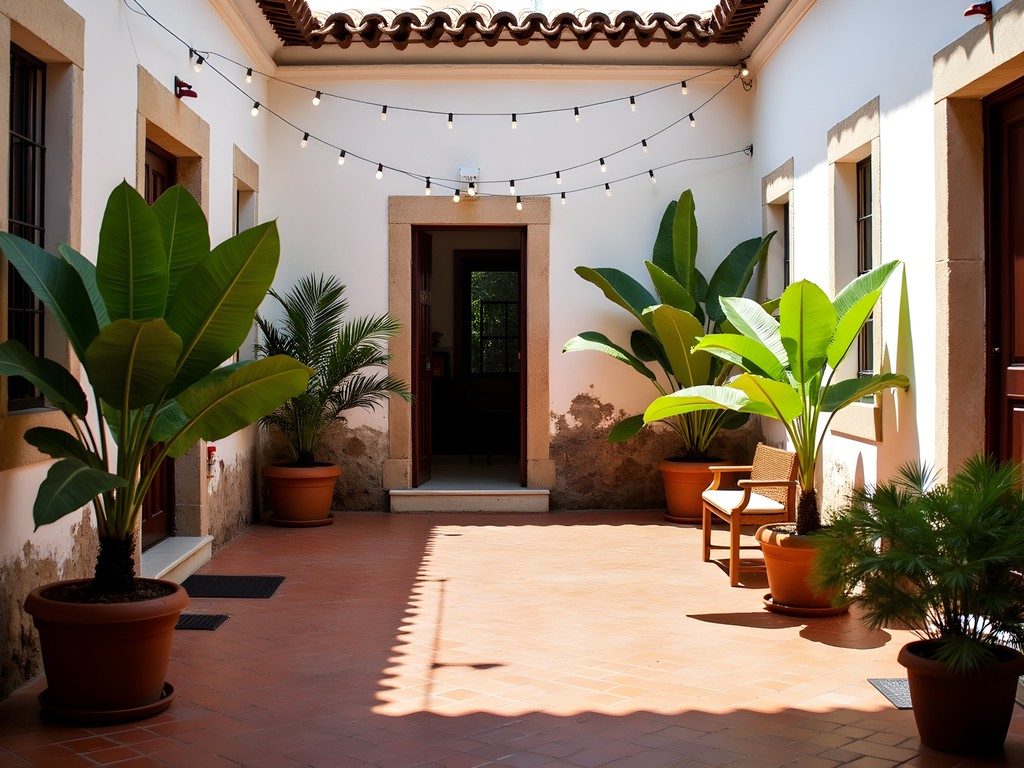
💡 Pro Tips
- Request apartments on lower floors if traveling with small children or elderly family members
- Many rental properties offer airport pickup services at reasonable rates - worth arranging to avoid taxi negotiations on arrival
- Stock up on bottled water and snacks at the Supermercado Nacional rather than tourist shops
Evening Rhythms & Family-Friendly Nightlife
As the afternoon heat subsides, Santo Domingo transforms. By 6pm, the Colonial Zone pulses with a family-friendly energy that contradicts stereotypes about Latin American nightlife being unsuitable for children. Plaza España becomes an impromptu community gathering space where local families promenade alongside tourists. Street performers—from classical guitarists to Afro-Caribbean drummers—create an atmosphere that's both festive and relaxed.
My niece and nephew were initially shy but soon joined local children chasing bubbles blown by vendors selling simple toys. Language barriers dissolved in the universal playground of music and movement. I was reminded of evening gatherings in our Japanese farming community—how shared public spaces foster connections across generations.
For dinner, we avoided restaurants with English menus facing the main squares (generally overpriced and underwhelming). Instead, we followed my farmer's instinct to seek out establishments where ingredients take center stage. La Caña Restaurant became our favorite—a modest eatery where the day's specials depend on what's fresh at the market. The kids expanded their palates with mofongo (garlic-mashed plantains with crispy pork) and fresh fish prepared simply with local herbs.
After dinner, we'd join the paseo—the traditional evening stroll—along the Malecón (seaside promenade). I packed a compact travel game for moments when adult conversations lingered longer than child attention spans. This tiny tin of matching cards saved us during longer restaurant waits and provided easy interaction with curious local children who sometimes joined our games.
One evening, we stumbled upon a free outdoor concert in Parque Colón featuring traditional merengue music. The musicians invited children to try simple percussion instruments, and my normally reserved nephew found himself at the center of an impromptu rhythm lesson, beaming with pride as he kept beat on the güira (metal scraper). These unplanned moments often become the most treasured travel memories.
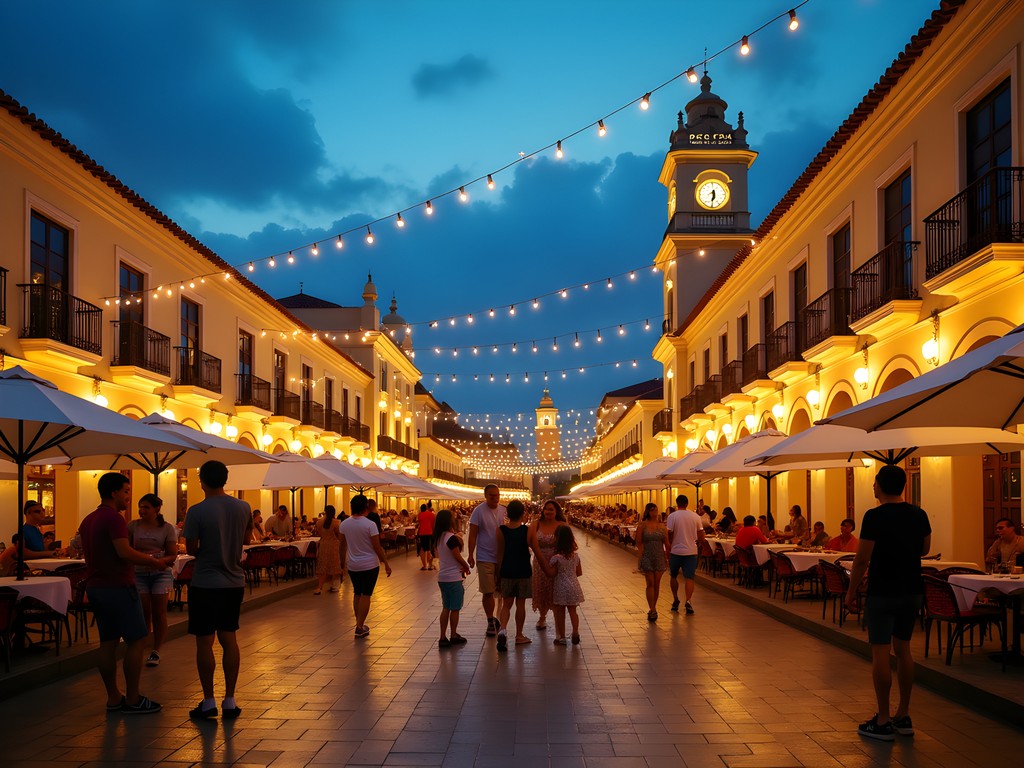
💡 Pro Tips
- Carry a small flashlight for navigating dimly lit colonial streets after dark
- Evening activities typically run later than in North America - plan for dinner around 7-8pm when restaurants come alive
- The area around Plaza España is well-patrolled and safe for evening family walks
Final Thoughts
As we boarded our flight home, my niece clutched her journal filled with pressed bougainvillea flowers and sketches of colonial doorways, while my nephew wore his prized baseball cap from the Estadio Quisqueya where we'd watched local teams play. Their souvenirs weren't mass-produced trinkets but collected experiences—exactly what I'd hoped for when planning this urban adventure. Santo Domingo taught us that family travel doesn't require waterslides or all-you-can-eat buffets to be successful. Children, like plants, thrive when rooted in authentic experiences and allowed to grow through cultural immersion. The Dominican Republic's capital offered us history without stuffiness, culture without pretension, and family bonding without breaking the bank. As we cultivate memories alongside our crops back in Japan, these Santo Domingo stories will continue to nourish us—proving once again that the most sustainable travel experiences are those that connect us to both place and people.
✨ Key Takeaways
- Santo Domingo's Colonial Zone offers rich historical experiences at budget-friendly prices compared to beach resorts
- Early mornings and evenings provide the most comfortable exploring times for families with children
- Local markets and food experiences create meaningful cultural connections even with language barriers
- Apartment rentals in the historic district offer authentic experiences and significant savings for families
📋 Practical Information
Best Time to Visit
November through March (dry season with milder temperatures)
Budget Estimate
$75-125 per day for a family of four including accommodations, food, and activities
Recommended Duration
5-7 days
Difficulty Level
Easy


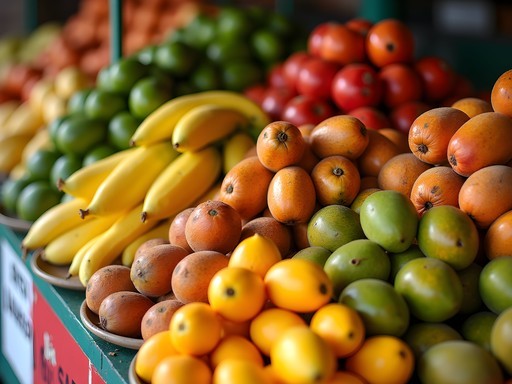

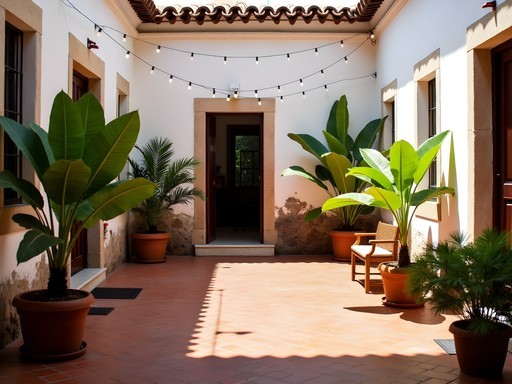
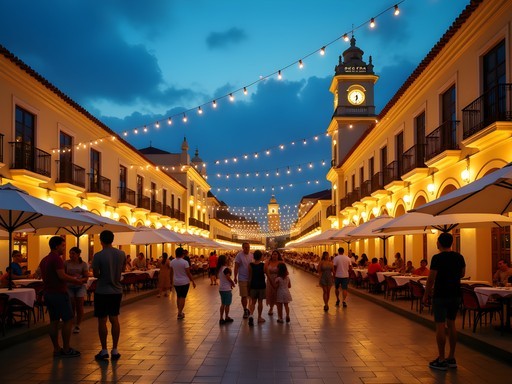



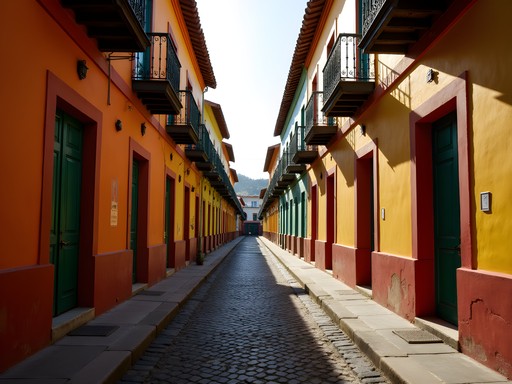






Comments
coffeevibes
Those colorful buildings in your photos are GORGEOUS! Never considered Santo Domingo before but it's on my list now!
Lily Davis
The colors are even more vibrant in person! Hope you get to visit soon!
blueace
Just got back from DR last week and wish I'd read this before going! Spent the whole time at a resort in Punta Cana and now feeling like I missed the real Dominican experience. Saving this for next time!
redlife
Same happened to me last year! The beaches are amazing but there's so much more to see.
Taylor Moreau
Excellent piece on Santo Domingo, Lily. I've been traveling there quarterly for business for the past decade and it's refreshing to see someone highlight the historical richness beyond the beaches. For anyone planning a visit, I'd add that the Museo de las Casas Reales is worth the entrance fee - the artifacts from colonial times are exceptionally well-preserved. If you're there on a Sunday evening, locals gather in Parque Colón for impromptu merengue dancing - a perfect cultural immersion that costs nothing. I always carry my pocket guidebook despite knowing the city well - the historical context enhances even my routine business trips.
Lily Davis
Thanks for those additions, Taylor! We caught that Sunday dancing by complete accident and it was a highlight for the kids. Great tip about the museum - we only saw the outside.
redlife
Those market photos are incredible! Which market did you find most authentic? Heading there in December.
wanderlustguide
Love this different take on the DR! Did you feel safe wandering around the Colonial Zone with the kids? Planning a trip with my niece and nephew (7 and 9) and wondering if it's manageable.
Lily Davis
Absolutely! The Colonial Zone is very family-friendly during the day. Just take normal city precautions. My niece and nephew (similar ages) loved the interactive history elements and the street performers. The pedestrian areas made it easy to explore without worrying about traffic.
wanderlustguide
That's really reassuring, thanks! Did you book any specific kid-friendly tours or just explore on your own?
Lily Davis
We mostly explored on our own, but did a 2-hour walking tour with 'Colonial Tours' on our first day to get oriented. The guide was great with the kids!
winterexplorer6678
Did anyone try those local chocolate workshops you mentioned? Worth the time with kids?
skystar
We did it! My 8-year-old loved making her own chocolate bar with local ingredients. Bit pricey but definitely a highlight of our trip. The workshop is in English and Spanish, and you get to take home what you make.
wintermaster
Great post! I'm planning to visit with my kids (7 and 9) next spring. Did you feel safe walking around the Colonial Zone with children? And how was the public transportation situation? I'm debating between renting a car or just using taxis/Uber while there.
Lily Davis
Hi wintermaster! The Colonial Zone felt very safe during daytime and early evening with kids. Lots of police presence and other families around. For transportation, we mostly walked within the Zone, but used Uber for longer distances - much more reliable than regular taxis and no haggling over prices. I wouldn't recommend renting a car unless you're heading out to other parts of the country. The traffic in Santo Domingo can be intense!
wintermaster
Thanks so much, Lily! That's super helpful. One last question - did you use a specific guidebook? I'm old school and still like having something physical when traveling with the kids.
Lily Davis
I used this Dominican Republic guide which has a great walking tour section for the Colonial Zone. The pull-out map was perfect for letting my niece and nephew take turns being our 'navigators'!
Sage Dixon
Lily, this post brings back so many memories! I spent three weeks exploring Santo Domingo last year and fell in love with the Colonial Zone. The contrast between those cobblestone streets and the modern city is incredible. My favorite discovery was a tiny coffee shop tucked behind Calle El Conde where an elderly gentleman roasted beans right in front of us while telling stories about the neighborhood's history. For anyone heading there, don't miss the sunset walk along the Malecón - the colors reflecting off the Caribbean are spectacular. And if you're traveling with kids like Lily did, the pirate ship museum (Museo Infantil Trampolín) is another hit that wasn't mentioned here. My nephew still talks about it!
winterexplorer6678
Do you remember the name of that coffee shop? Heading there next month with my family!
Sage Dixon
It's called Café del Museo - right behind the Columbus House. Cash only and go early!
skystar
Finally! Someone showing the real Dominican Republic beyond Punta Cana! This is exactly what I've been looking for.
Sage Dixon
Right? The Colonial Zone is such a hidden gem. I spent a week there last year and was blown away by the architecture.
skystar
Did you try the street food? That was my highlight!
islandexplorer
How did you handle transportation around the city? Did you rent a car or use public transport?
Lily Davis
We mostly walked within the Colonial Zone since everything is close together. For longer trips, we used Uber which was very affordable and reliable. The hotel also arranged a private driver for our day trip to the botanical gardens which was worth the extra cost for the convenience with kids.
Venture X
Premium card with 2X miles, $300 travel credit, Priority Pass